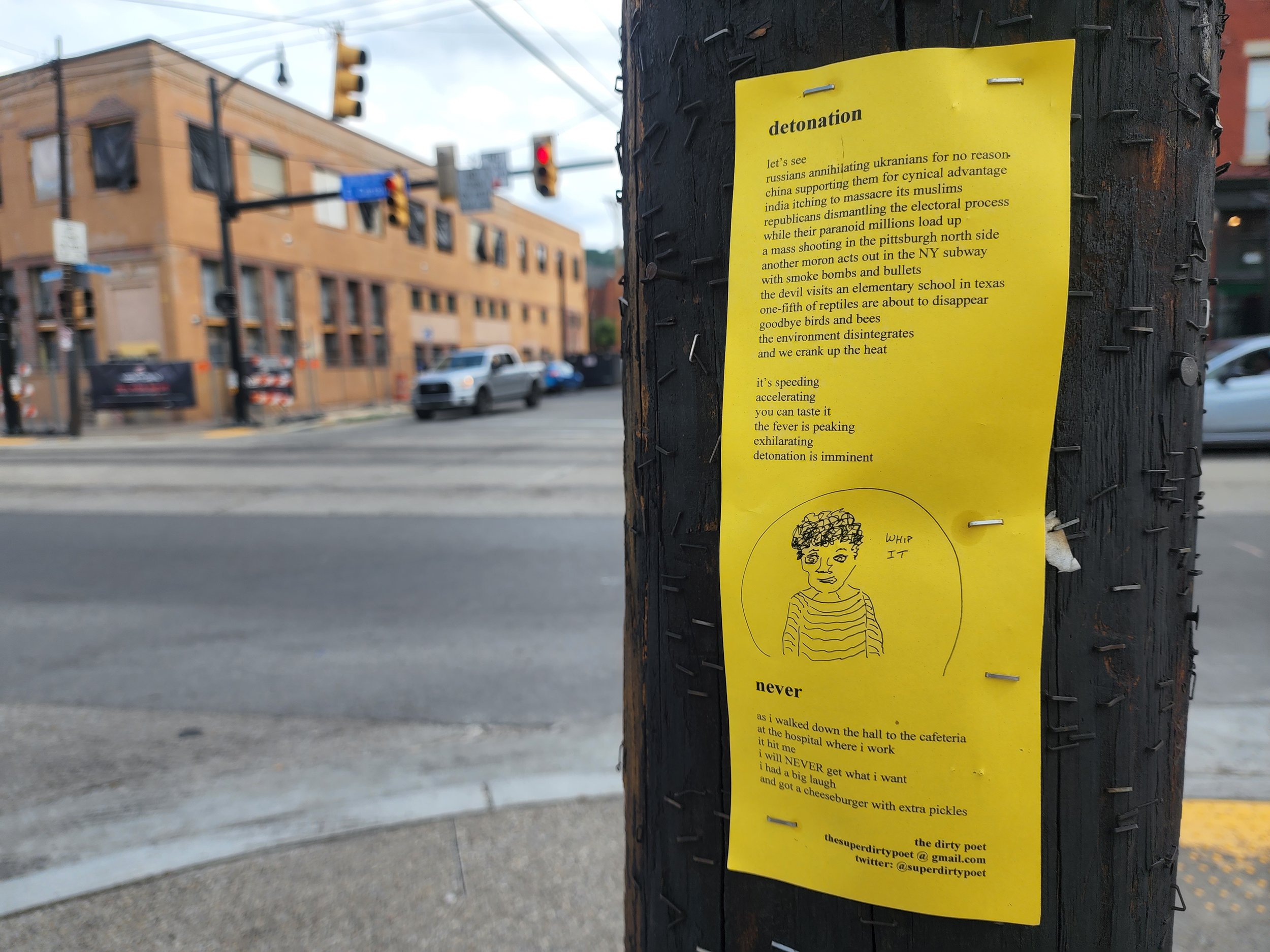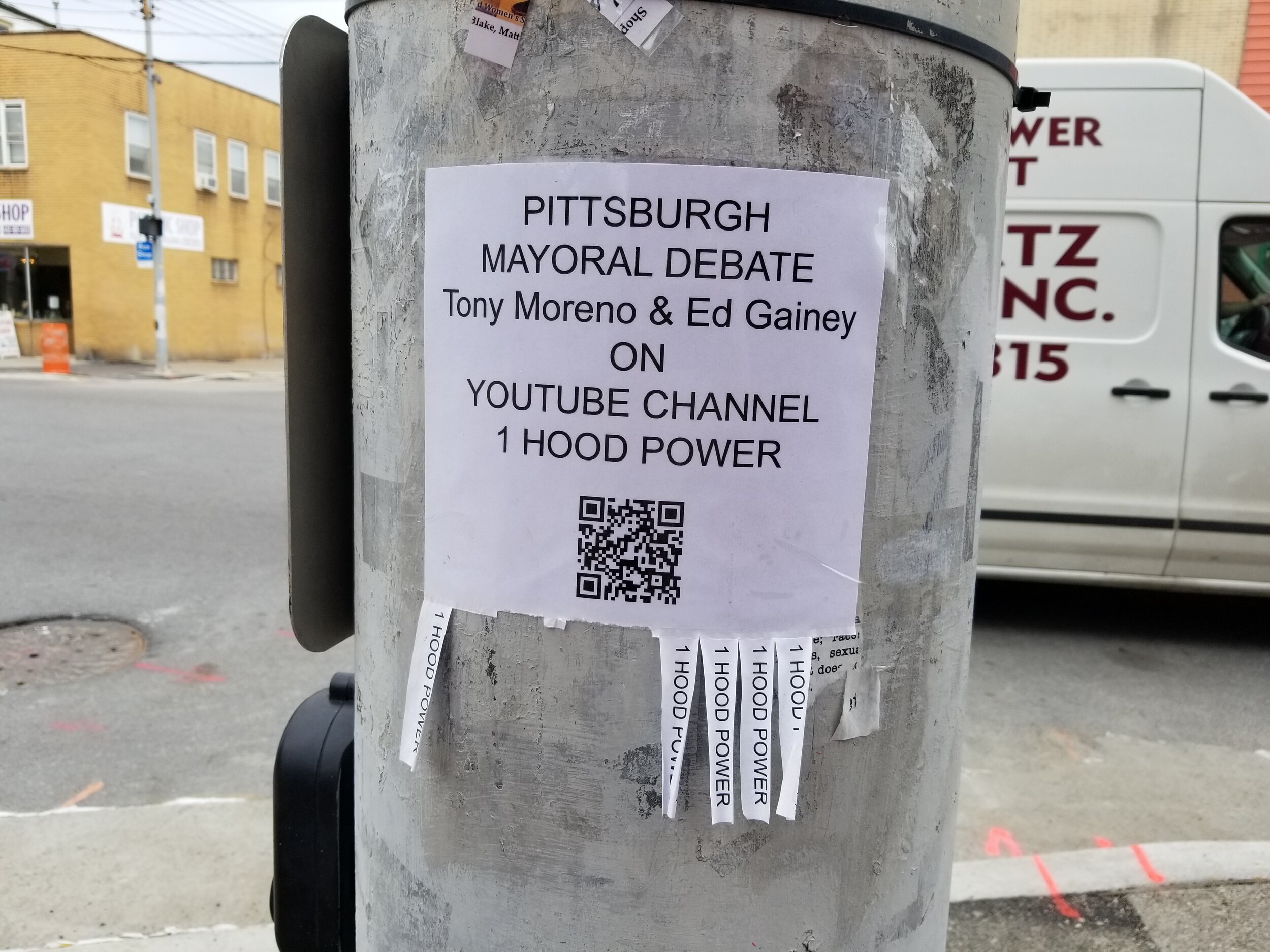Last week congresswoman and media-discourse-lightning-rod Alexandria Ocasio-Cortez kicked off a firestorm of hot takes by wearing a ball gown emblazoned with the message “Tax the Rich” to this year’s Met Gala. The annual super-exclusive social event and big money fundraising soiree typically attracts buzzing commentary over its dramatic displays of eye-catching haute couture. The buzz over AOC’s dress hinged on the fact that she tied her fashion statement to an explicit political statement.
As is common in our highly-polarized sphere of social media discourse, reactions to the dress tended to fall on either end of a spectrum from adoring commendation to cynical derision. On subreddits that are more favorable toward AOC users posted images of the dress with comments that she was “staying true,” remarking that she “had the balls” to wear the dress, and calling her “the hero we deserve”. More critical users commented on the perceived hypocrisy of brandishing a class-conscious message at an ultra-elite event. Commenters on a TrueOffMyChest post called the dress “cringey asf” and the “definition of cringeworthy.”
So what to make of the “Tax the Rich” dress? Is it based or cringe? AOC herself weighed in with an Instagram post of the dress. The accompanying text begins with the statement: “The medium is the message.”
The invocation of McLuhan’s immortal dictum led me to consider just how exactly AOC was conceptualizing “the medium” in this instance. Is it really, as much of the online reaction seems to suggest, all about the dress?
For the past year I have been teaching a course titled Media and Consumer Culture, and some of the most interesting case studies that have come up in class discussions are from the world of fashion. Students are particularly interested in the symbolic exchange value of designer brands and in the world of fashion more broadly as a salient but oft-overlooked aspect of the media-consumer-culture continuum (students have also evinced a strong interest in sustainable or eco-fashion initiatives). In this case, however, AOC’s dress is not a consumer good, but rather a one-off fashion item. It would be another thing altogether if we were discussing a commercially-available mass-produced article of clothing that was branded with “tax the rich,” and it is likely that not nearly as many people would be talking about it at all.
So clearly the “medium” in this case cannot be separated from the public persona of AOC herself and the particular context of the Met Gala. First, regarding AOC’s personal “brand,” she has become the face of what constitutes the “radical” or “progressive” arm of what passes for leftist politics in the United States. In this sense, the “tax the rich” message is decidedly “on brand” for the political identity that AOC has established for herself. It goes without saying that most people’s intrinsic reaction to the Gala dress will inherently be colored by any preconceptions they hold regarding AOC.
Beyond the predictable ad hominem attacks directed toward AOC, many critical comments focused on the affluent and extravagant context of the Met Gala itself. The Gala is designed as a spectacle, both for the elite attendees and for the general public via the circulation of images in the media (in some sense the mediated aura of the gala and attendant commentary has become an annual event in its own right). The mediated nature of the highly publicized event thus affords a prime opportunity for an image event, something that AOC obviously understands and is likely alluding to in her citation of “the medium is the message.” The complete picture of the Gala as “medium” is therefore entangled with its extended mediation through social media images, shares, and comments.
I think the notion of “medium” in relation to the AOC Gala dress is legitimately complicated and entangled with issues of media spectacle, political celebrity, and modes of online discourse. The divisive reactions to both the dress and its wearer displayed the sort of performative indignation that characterizes the contemporary attention economy, and the debates over whether AOC was being righteous or hypocritical by wearing the dress at the event eluded engagement with the “tax the rich” message. The larger and looming question seems to be: just what is the appropriate medium and channel for addressing class inequality?
Some online commentators asserted that the copious amount of social media discourse that the dress generated proved that AOC’s message had succeeded in its ultimate goal of bringing attention to wealth disparity and taxation policy. This is a dubious proposition: as I already mentioned, the vast amount of online chatter that the dress prompted stayed focused on the surface level or “optics” of the spectacle. But the notion that the virality of the dress images serves as self-evident proof of the message’s success offers another potent parallel to McLuhan’s legacy. The continued circulation of McLuhan’s adage -- independent of its original meaning or explanatory context -- is a testament to its own truth: the aphorism, the sound bite, the fragment, the meme, etc., is the primary unit of informational currency in the electronic age.
The medium is the message.


















